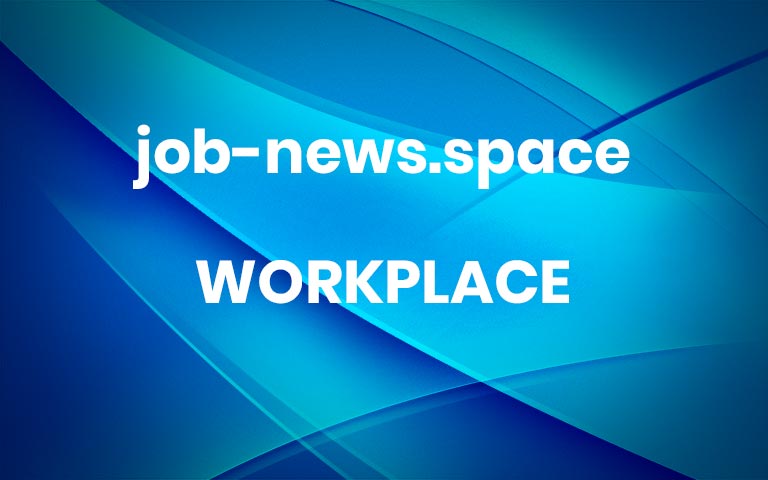The US Companies and Tech Giants with the Longest and Shortest Interviews
You’ve had the interview, and you’re pretty sure you smashed it. Now you’re just hanging on for the callback to let you know whether the job is yours.
It can be an agonizing and frustrating experience. And, as this latest study from career.io shows, how long you have to wait depends on the company you want to work for. Using data collected and analyzed from Indeed, it ranks how long it takes many of the top US companies, tech giants, and restaurant chains to offer a job to interview candidates.
Let’s take a closer look.
US Companies with the Longest and Shortest Interview Processes
It takes just under 40 days (39.27, to be exact) to land a dream job as an agent at the Federal Bureau of Investigation (FBI). That’s the longest interview process of any US company or organization included in the career.io study.
And as well as being one of the longest interview processes, it’s also one of the toughest. Aspiring recruits are interviewed by a panel of three senior FBI agents. They must answer a series of behavioral and scenario-based questions designed to highlight their decision-making and ethical judgment.
This is followed by a written test, an extensive background check, a physical fitness test with a 1.5-mile run, and a comprehensive medical exam.
Pass all these, and you might get a shot at flashing that FBI badge. But you’ll have to be absolutely exceptional. The FBI acceptance rate for new applicants is under 5%.
McDonald’s sits right at the other end of the scale. On average, no-experience-required jobs have an interview process that takes 5.32 days. So someone interviewing Monday could be flipping their first burger by the weekend.
How long is the interview process at top US tech companies?
Candidates applying for tech-based roles at Uber, Amazon, and Netflix get final answers less than 10-14 days after their first interview.
NVIDIA is another company that has a swift selection process. Candidates interviewing at the hottest company in the world right now find out their fate within 15 days of the initial recruitment call.
Then there are the big-tech names where things move a little slower. It takes candidates over 20 days to get hired at Google. It’s a complex and challenging interview process designed to test their behavioral and technical competencies. And, because it’s Google, interviewers like to throw in a few curveballs to identify the candidates who know how to think a little differently. Google interview brain teasers in the past have included questions like “How many golf balls can fit in a school bus?
There are similar interview times at Apple and Oracle, where candidates can expect their interview journey to last between 22 and 25 days.
So what’s the hold-up? Aren’t these the companies that like to move fast and break things?
Well, not anymore. Or at least not when it comes to recruiting.
Companies like Google and Apple started life as start-ups, but they’re now fully-blown corporate entities. That means they have to sift through a huge number of applicants, conduct comprehensive background checks and multiple interview rounds, and the final yes for new staff often requires multiple layers of approval.
Interviewing for Jobs at US Restaurant Chains
Restaurant chains live and die on how fast they can serve their customers. And they apply the same approach to hiring new staff, because this is one industry where hiring always happens quickly.
Candidates who interview at Papa John’s, Jimmy John’s, and Subway usually get an answer within five days.
Even restaurants with a longer interview process, like Starbucks and In-N-Out Burger, like to inform their candidates whether they have got the job within just over a week.
Share this post: More


